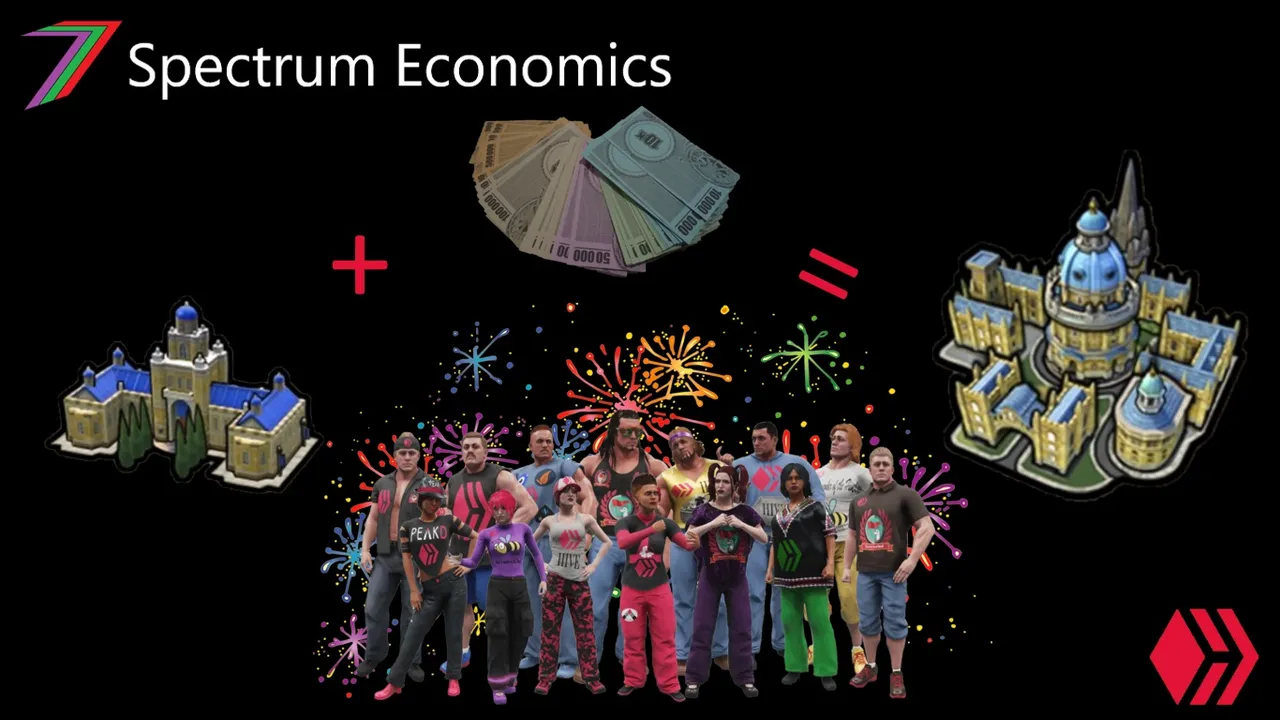Hi Everyone,
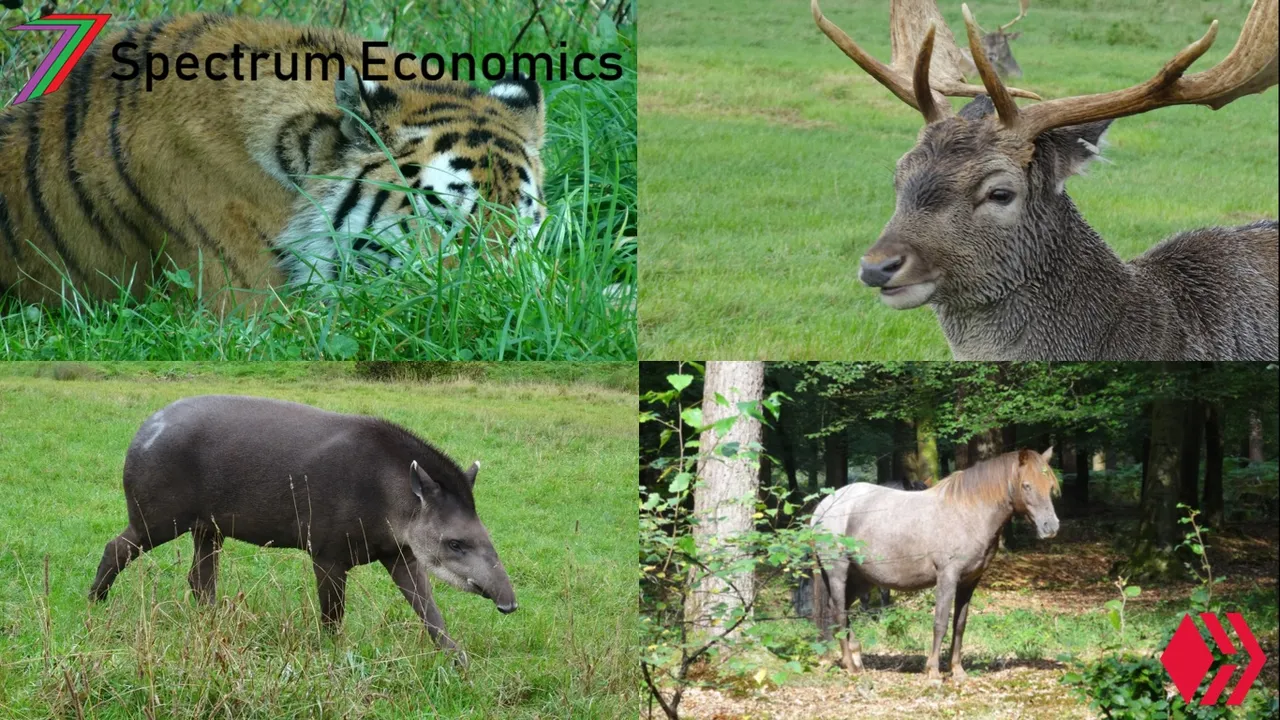
In Part 3 of this series, I attempted to place a value on the life of an animal by adjusting the value of human life, which was determined through various studies, with the life expectancy and intelligence of the animal. Therefore, animals with a longer life expectancy and a higher intelligence would have a higher value of life. I believe this approach to valuing life to be logical in regards to the potential contribution within a species. However, this approach reveals very little about the value an animal provides to the entire ecosystem.
In Part 4, I am investigating the value of life in regards to the ecosystem. As I am not a zoologist, my discussions about natural ecosystems is anecdotal and not intended to be technically accurate. The purpose of discussions regarding natural ecosystems are to enable comparisons of possible relative value that members of species offer to the ecosystem. This approach is different to the one I took in Part 3, where I provided a dollar value for each animal.
How do I define ecosystem?
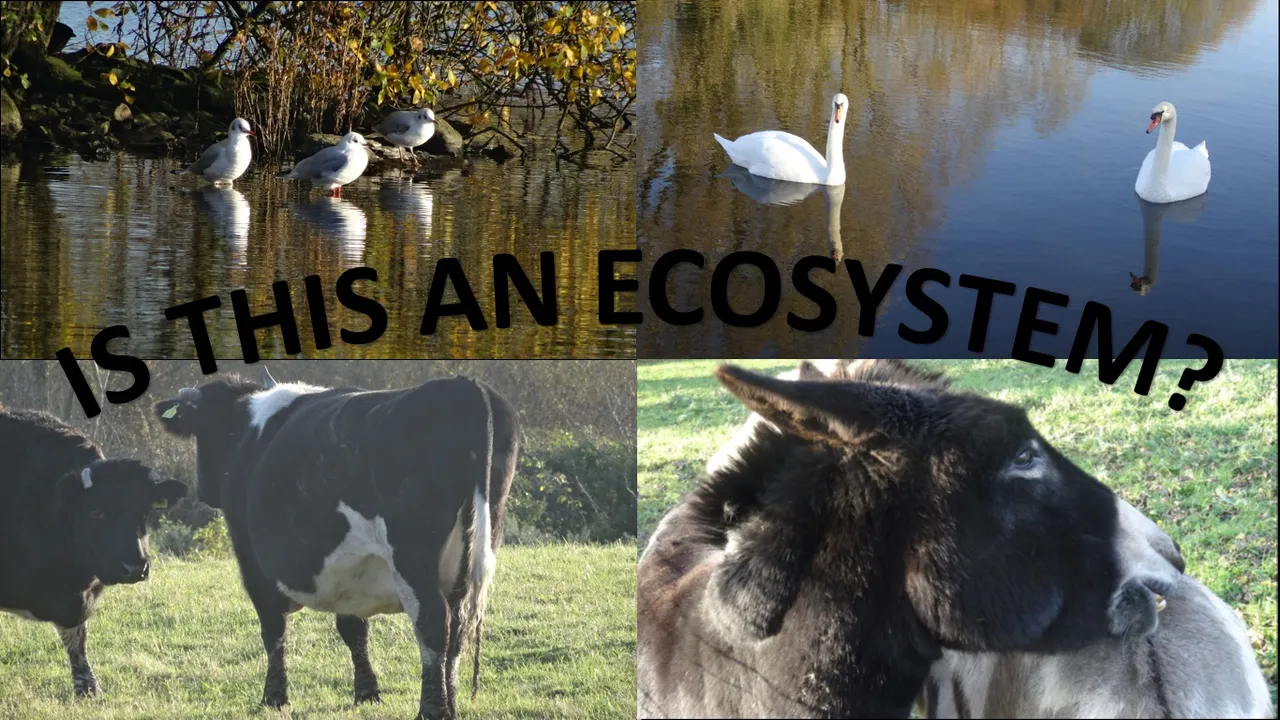
Before I progress any further, I have decided to offer several definitions from online dictionaries. These definitions are intended to provide clarity regarding my usage of the term ‘ecosystem’. Below are definitions I have taken from dictionary.com, Cambridge Dictionary, and Oxford Dictionary.
An ecosystem is a system, or a group of interconnected elements, formed by the interaction of a community of organisms with their environment (dictionary.com).
An ecosystem is all the living things in an area and the way they affect each other and the environment (Cambridge Dictionary).
An ecosystem is all the plants and living creatures in a particular area considered in relation to their physical environment (Oxford Learners Dictionaries).
The definition of ecosystem, based on the above dictionaries, is unambiguous. The definitions from the dictionaries are essentially the same. Therefore, all of the above definitions are relevant to this post.
Ecosystem and Equilibrium
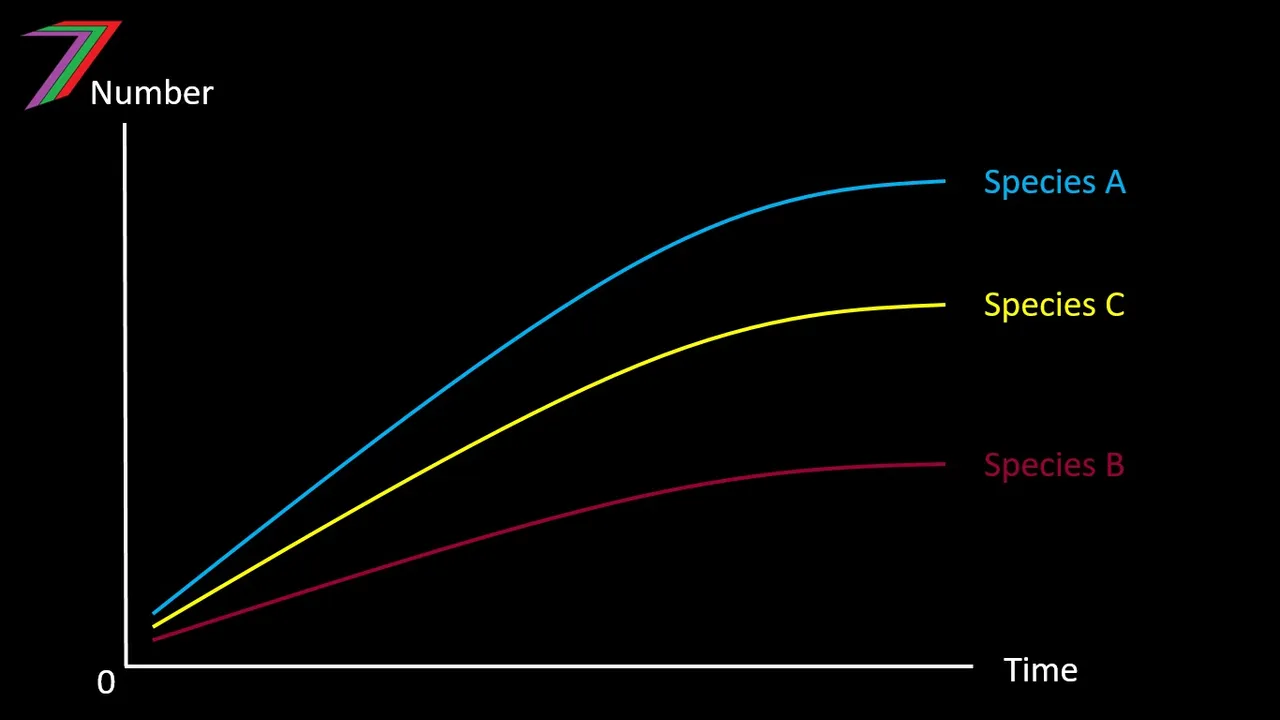
For an ecosystem to be sustainable, it needs to be at or easily returnable to an equilibrium. Imagine an ecosystem that consists of plants, herbivorous animals, and carnivorous animals. There needs to be a sufficient number of plants to feed the herbivores, and a sufficient number of herbivores to feed the carnivores. An increase or decrease in plants, herbivores, or carnivores will cause disequilibrium to the ecosystem. For example, if the number of herbivores increases, the number of plants will decrease, this could create competition amongst herbivores. Some herbivores are more likely to face starvation, which would cause a decrease in the number of herbivores. However, the herbivore population that has decreased could be different from the herbivore population that has increased. Therefore, one type of herbivore could be replaced with another type of herbivore.
Disequilibrium in an ecosystem is not necessarily bad if a new equilibrium can be reached and is sustainable. For example, an increase in herbivores could encourage an increase in carnivores, which would control the population growth of herbivores before plant populations decline; therefore restoring equilibrium. Disequilibrium in an ecosystem is bad if a new equilibrium is unable to be reached. For example, if there were a substantial increase in the number of carnivores, the population of herbivores could be eliminated from the ecosystem. The carnivores could be forced to feed on each other, which could eventually eliminate them from the ecosystem.
Importance to the ecosystem

How important is each animal to the ecosystem? The importance of each animal can be derived from the importance of the species as a whole to the ecosystem. Each species of animal plays a role in maintaining balance and a path to equilibrium. Herbivores consume plants but also help spread the seeds of the plants. Carnivores help to keep populations of herbivores from overexpanding and over consuming plants. Some species need larger populations than others. Smaller animals with short life expectancies are generally needed in larger numbers than larger animals with long life expectancies. These numbers are maintained based on factors such as ability to propagate, gestation periods, age for sexual maturity, number of predators, diet, intelligence, and ability to adapt to the environment.
Simple Hypothetical Ecosystem
Imagine a very simple hypothetical ecosystem with one type of edible plant, one type of herbivore, and one type of carnivore. The plant has the following characteristics:
- There are initially 1,000,000 plants.
- Plants live for 5 years if not eaten.
- Age of plants are evenly distributed from 0 years to 4 years. Therefore, we assume 200,000 plants die naturally each year.
- Annual plant propagation is 50% of the existing number of plants at the beginning of the year (i.e. if there are 1,000,000 plants, there will be 500,000 new plants in the following year).
The herbivore has the following characteristics:
- Each herbivore has a life expectancy of 10 years.
- Age of herbivores are evenly distributed from 0 years to 9 years. Therefore, we assume 10% of herbivores die naturally each year.
- The herbivores are able to reproduce between the ages of 2 and 8 years
- Each female herbivore reproduces an average of 1 herbivore a year, which will reach adulthood (i.e. will have a life expectancy of 10 years).
- Ratio of male to female herbivores is expected to remain close to 50/50.
- Each herbivore eats 100 plants a year.
- If the number of plants is increasing more herbivores can be expected to migrate to the ecosystem.
The carnivore has the following characteristics:
- Each carnivore has a life expectancy of 6 years.
- The carnivores are able to reproduce between the ages of 1 and 5 years
- Each female carnivore reproduces an average of 1 carnivore a year, which will reach adulthood (i.e. will have a life expectancy of 6 years).
- Ratio of male to female carnivores is expected to remain close to 50/50.
- Each carnivore eats 6 whole herbivores a year.
- Each carnivore hunts 12 times a year.
- The carnivore has a 1% chance of being fatally killed during each hunt.
- If the number of herbivores is increasing more carnivores can be expected to migrate to the ecosystem.
How many herbivores and how many carnivores are needed for this ecosystem to be able to remain in equilibrium? These totals are likely to fall within a range for which corrections can occur automatically. Table 1 contains three simple scenarios to demonstrate the relationships between the different species within this hypothetical ecosystem.
Table 1: Basic Ecosystem
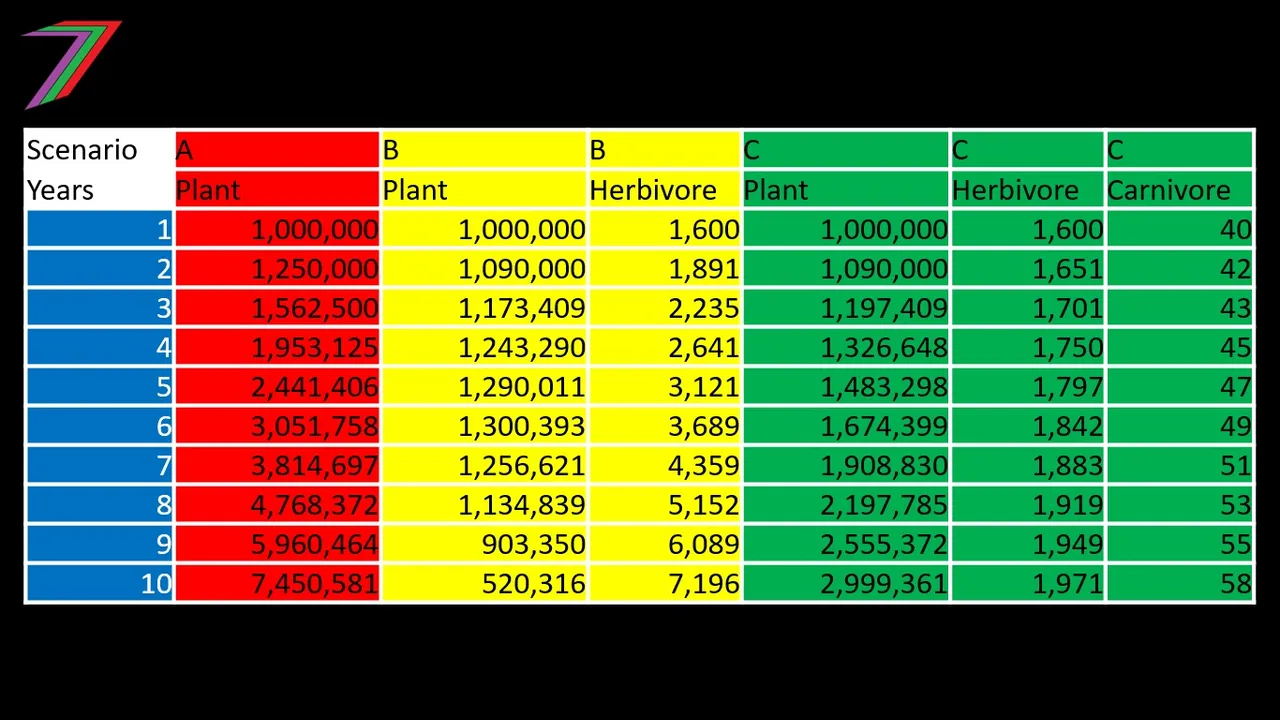
Scenario A has just plants. In Scenario A, plants continuously increase until the land becomes saturated.
Scenario B has 1,000,000 plants and 1,600 herbivores in Year 1. In Scenario B, the herbivores eat the plants, which reduces the rate of growth of plants. As the population of herbivores increases, the number of plants start to decrease (in this example, this will occur from year 6 onwards). This is because the unfettered percentage increase in herbivores is considerably greater than the percentage increase in plants after consumption by herbivores (9% vs. 18% in Year 1). The difference in percentage growth between plants and herbivores is likely to pull this ecosystem away from an equilibrium very quickly as can be seen in Years 9 and 10. After Year 10, many of the herbivores will face starvation.
Scenario C has 1,000,000 plants, 1,600 herbivores, and 40 carnivores in Year 1. In Scenario C, the carnivores eat the herbivores who eat the plants. The carnivores reduce the growth rate of herbivores and the herbivores reduce the growth rate of plants. In this scenario, the herbivores slow the growth rate of carnivores by being able to resist some attacks (see seventh dot points for carnivores). The growth rate of herbivores is increasing at a decreasing rate, as the growth rate of carnivores is slightly greater (3% vs. 4% in Year 1). The growth rate of herbivores is less than the growth rate of plants; therefore, the population of plants continues to increase. Therefore, herbivores are not at risk of future starvation. The increasing number of plants could attract more herbivores to the ecosystem. This increase in migration of herbivores could prevent the herbivore population from being overwhelmed by the carnivores. Thus, the ecosystem in Scenario C has a much better chance of remaining or returning to equilibrium than the ecosystem described in Scenario B.
I have included two additional scenarios based on Scenario C. In Scenario D, I have assumed an additional 10% of herbivores die each year from human intervention. In Scenario E, I have assumed an additional 20% of carnivores die each year from human intervention. See Table 2 for these scenarios.
Table 2: Ecosystems under threat
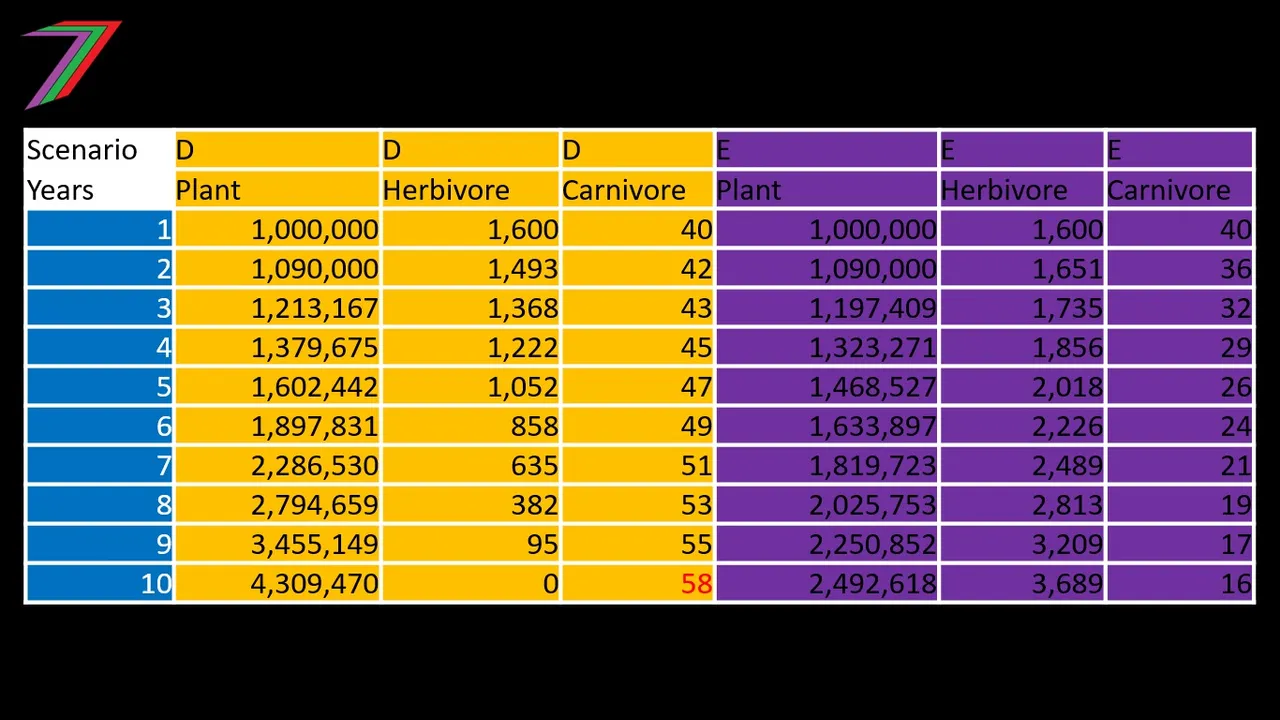
In Scenario D, the additional 10% annual reduction in herbivores will prove disastrous for the species. Within just 10 years, assuming more herbivores are not attracted to the ecosystem, the number of herbivores would be reduced to zero. This would then result in the carnivores migrating to another ecosystem or facing starvation. The final outcome could be an ecosystem with just plants.
In Scenario E, the additional 20% annual reduction in carnivores would result in the population of herbivores increasing at an increasing rate. In Year 1, herbivores increase at a rate of 3% per year. In Year 10, herbivores would increase at 16% per year. This growth would exceed the growth rate of plants, which would be about 10% in Year 10. If carnivores were eliminated from the ecosystem, Scenario E would suffer the same fate as the ecosystem in Scenario B. If the 20% additional reduction caused by humans is stopped before the carnivores are eliminated, the carnivore population will recover and the ecosystem will move back towards equilibrium.
Placing value within the ecosystem
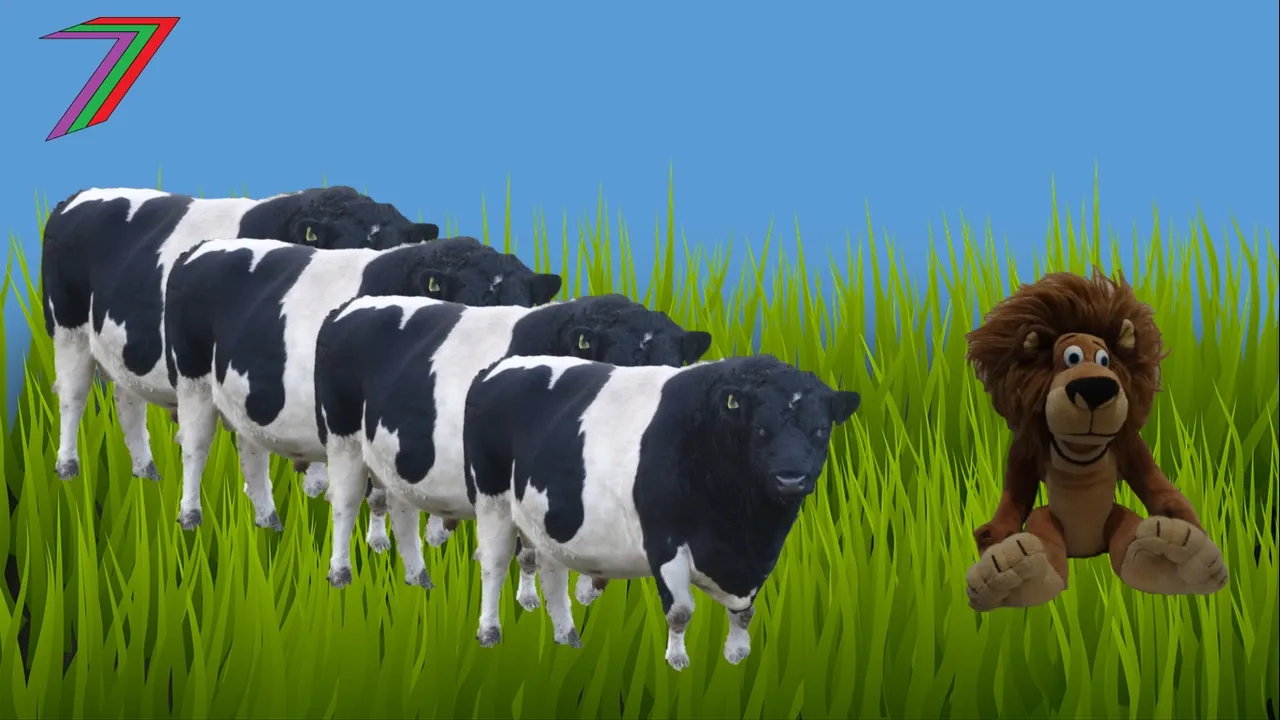
Every plant and animal has some value to the ecosystem. This value varies depending on the ecosystem and the impact the loss of any member of a species has on the ecosystem. In our example, the ecosystem would be in equilibrium (i.e. the relative proportions of species do not change each year) if there were 1,000,000 plants, 2085 herbivores, and 49 carnivores (i.e. all three species would grow at approximately 4% each year). Based on this equilibrium, 1 herbivore is as valuable as 480 plants, 1 carnivore is a valuable as 43 herbivores. These values change as the ecosystem changes. For example, if more carnivores or another species of carnivore were introduced to the ecosystem the relative value of each carnivore would fall. This loss in value would become significantly larger, if populations of herbivores start to decrease dramatically. The characteristics of each species also effects the value of each animal to the ecosystem. For example, if the herbivores were able to reproduce faster, their value would fall as they can be replaced at a faster rate. Therefore, a loss of life has a shorter and less significant impact on the ecosystem.
The Human Anomaly
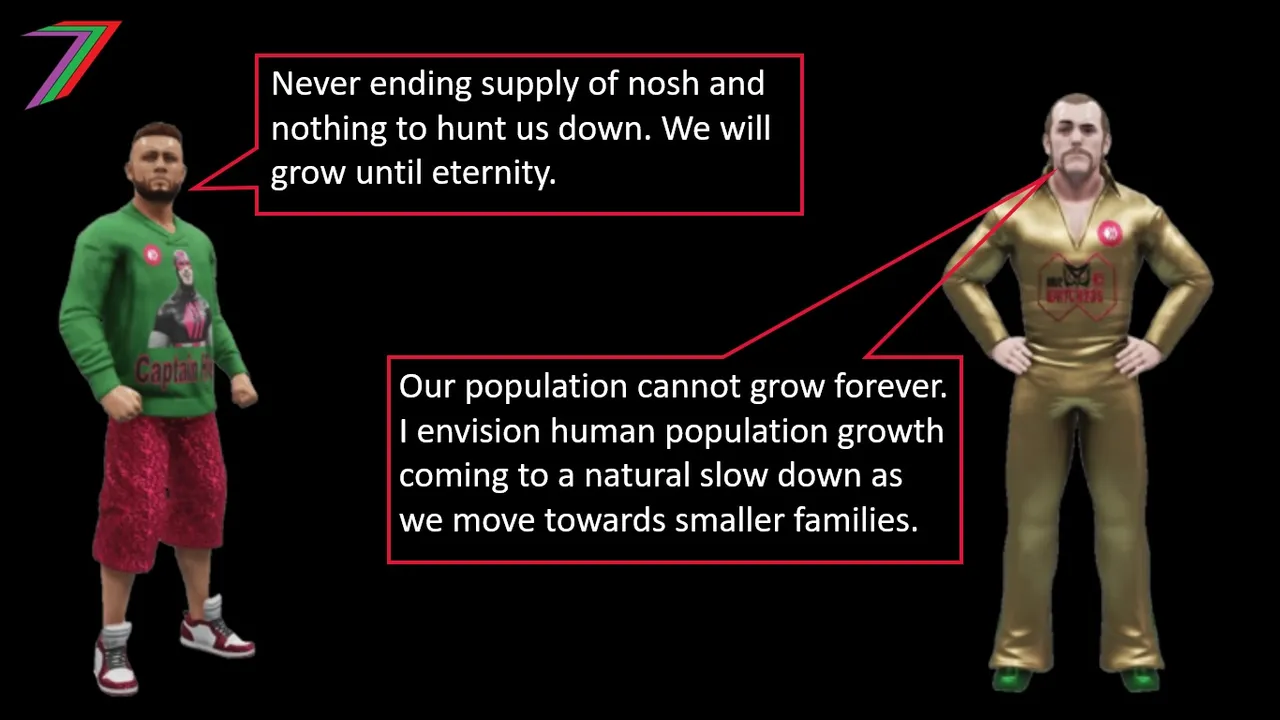
Human beings are an anomaly to almost all other animals in the animal kingdom. Humans have a huge advantage in terms of intelligence. This intelligence has been harnessed to eliminate all natural predators as well as provide the ability to control the supply of food. Intelligence has enabled humans to expand their population without restriction. This also means that any environment that contains humans is unsustainable. If the human population continues to expand, eventually there will not be sufficient resources to support humans and the many other animals in the ecosystem. It is possible that many other species will become extinct as humans deprive them of the resources to live. Therefore, this could lead to humans mostly competing with just themselves, which could eventually lead to mass poverty.
There are alternative less grime scenarios where humans do not wipe out other species and eventually themselves. Through intelligence, humans can recognise that continuous population growth is not sustainable. As human society has evolved, having more offspring has changed from an advantage to a disadvantage. Reduced infant mortality rates reduces the need for more offspring. Increasing costs of raising offspring also reduces the desirability to have offspring. Greater interest in activities not related to raising offspring reduces the desire to have them. An increase in same sex relationships further reduces population growth.
Ecosystems rely on each species to maintain a balance. Different species compete and adapt to continue to survive. However, no species should gain significance dominance, as that puts the entire ecosystem at risk. The extent of the evolution of human intelligence is illogical as it is not a requirement for humans to survive; therefore, should not have developed naturally. I will save this discussion for another post.
Animals in captivity
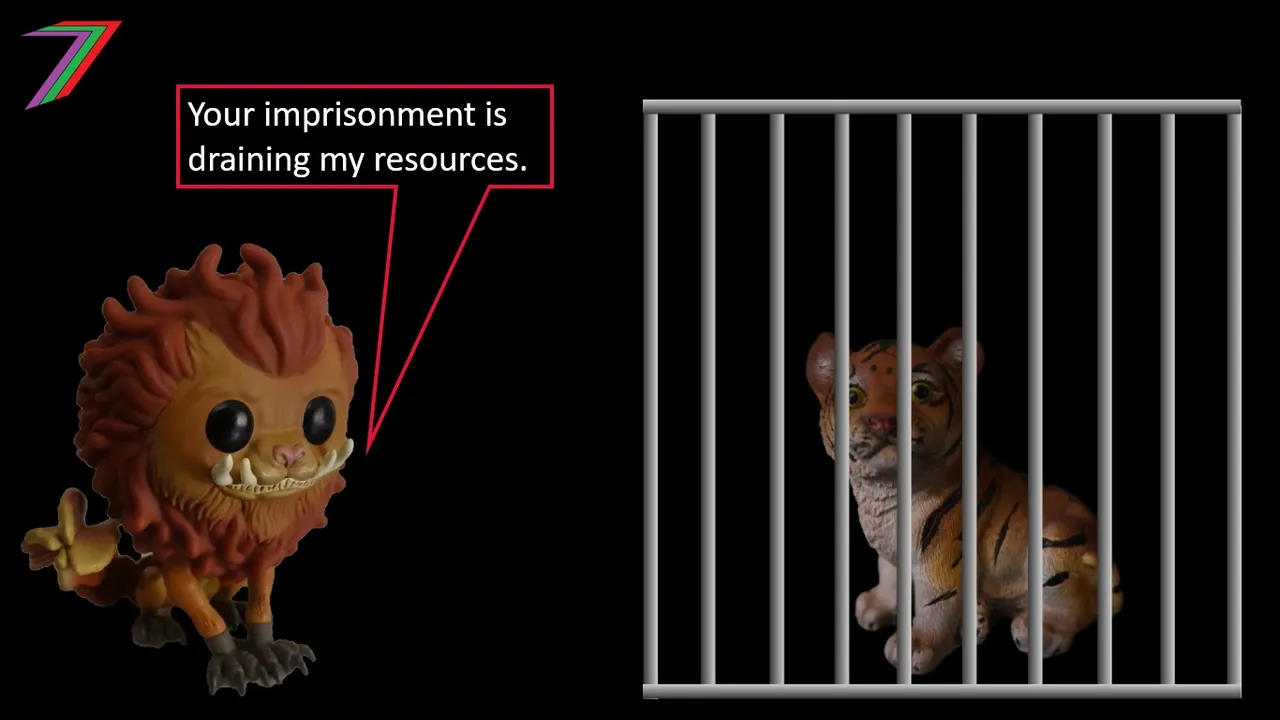
The majority of world’s mammals and birds are held in captivity; see Part 3. This removes animals from natural ecosystems to the human made ecosystem. Animals held in captivity have no control over their own lives. Humans control these animals’ food, habitat, and even procreation. Humans are able to determine the exact size of these animal populations. The size of these populations are dependent upon demand for animal products, the cost of keeping the animals and Government intervention. Increasing the number of animals in captivity causes a reduction in the number of animals in the wild. Animals in captivity use resources such as land and water, which would have been available to animals in natural ecosystems. As the number of animals in captivity becomes excessive, the amount of pollution they cause also becomes excessive. This pollution effects both natural ecosystems as well as the human made ecosystem.
The majority of animals in captivity provide negative value to natural ecosystems and eventually negative value to the human made ecosystem. Therefore, the number of animals in captivity should be reduced. These animals cannot be released into the wild as no nature ecosystem could support such a massive increase in animals. These animals should not be killed, as these animals possess value unto themselves as discussed in Part 3. Instead, a more logical approach would be a gradual reduction of the number of animals in captivity. This would most effectively occur from reduced demand for animal products. We are beginning to see this happen, as more people are adopting vegan, vegetarian, pescatarian or flexitarian diets.
Post Conclusion

This post is my first attempt at explaining the value each animal of each species has in the context of the ecosystem. I have discussed how an ecosystem can function using a very basic example consisting of just one species of plant, herbivore, and carnivore. My key message is that ecosystems need to either be in equilibrium or have the ability to return naturally to equilibrium. Relative value can be assigned to each member of a species depending on its contribution to the ecosystem. This contribution can be demonstrated by simulating the effect on the ecosystem with the departure of members of a particular species. A species can be considered more valuable if the loss of just a few members quickly destabilises the ecosystem.
Series Conclusion

This post concludes my four part series on valuing life. I have discussed how human life is valued. I have adopted this approach to estimate the value of life of different animal species. I have discussed how animals contribute to the broader ecosystem as a whole. My approaches may appear to depart from economic theory but they can be compared with investigating private benefits and costs and social benefits and costs. In the context of this series, private benefits and costs relate to determining a value of life based on willingness-to-pay as described in Part 2 and then adapted for animals in Part 3. In the context of this series, social benefits and costs relate to the value each animal offers the ecosystem. When an ecosystem is able to converge sustainably towards equilibrium, the animals in it provide social benefits to the ecosystem. When an ecosystem is moving away from equilibrium, the animals causing this disequilibrium are creating social costs to the ecosystem. Figure 1 shows the relationship between population, net private benefits, and net social benefits.
Figure 1: Net Private and Social Benefits as populations increase

Figure 1 can be applied to humans. Currently, the human population is closer to the right side of the figure and close to where net private benefits are almost falling as population increases. It could be argued that the human population is too high for both the human made ecosystem and natural ecosystems. However, I feel it is more likely that human population will stabilise in the coming decades. I believe that through the use of intelligence, humans will become less harmful to natural ecosystems. Both the net private benefit and net social benefit trajectories can change; see Figure 2 below as an example.
Figure 2: High human population and relationship to the environment
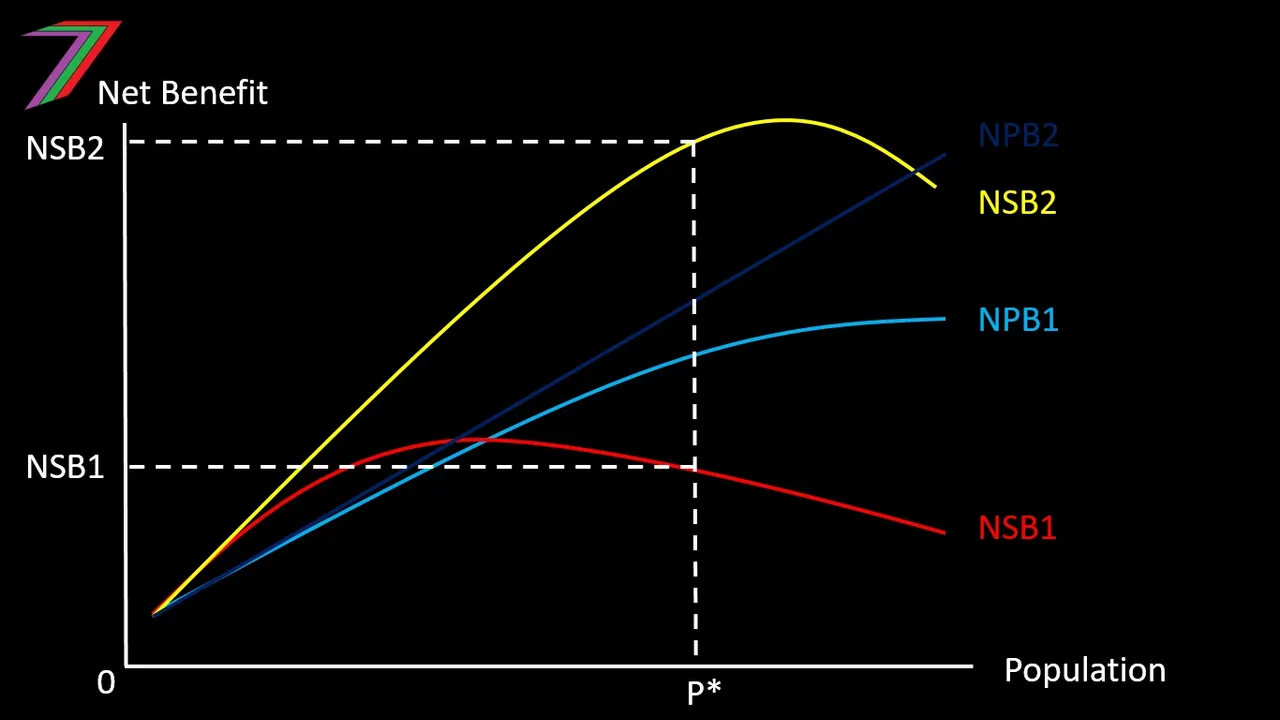
Where:
NPB1 is the Net Private Benefit without intelligent foresight
NSB1 is the Net Social Benefit without intelligent foresight
NPB2 is the Net Private Benefit with intelligent foresight
NSB2 is the Net Social Benefit with intelligent foresight
P* is the current population
If humans become efficient in their use of resources, it is possible the presence of humans could benefit other ecosystems up until or even beyond the point human population growth stagnates.
More posts
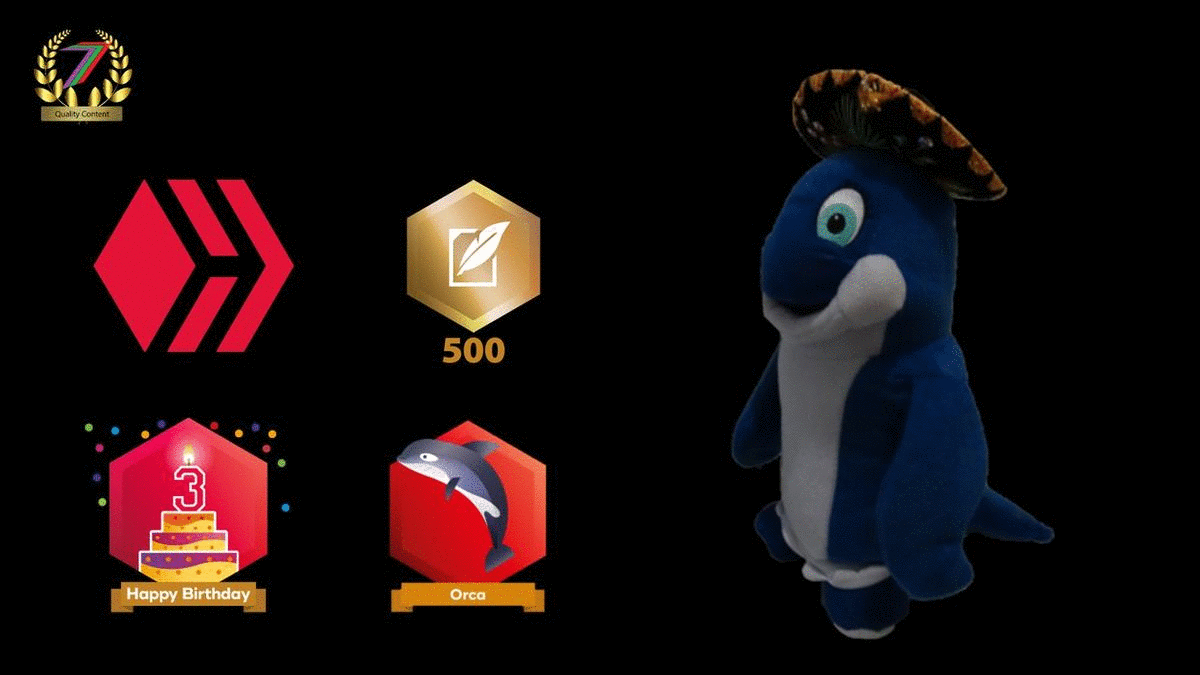
If you want to read any of my other posts, you can click on the links below. These links will lead you to posts containing my collection of works. These 'Collection of Works' posts have been updated to contain links to the Hive versions of my posts.
My New CBA Udemy Course
The course contains over 10 hours of video, over 60 downloadable resources, over 40 multiple-choice questions, 2 sample case studies, 1 practice CBA, life time access and a certificate on completion. The course is priced at the Tier 1 price of £20. I believe it is frequently available at half-price.
Future of Social Media





